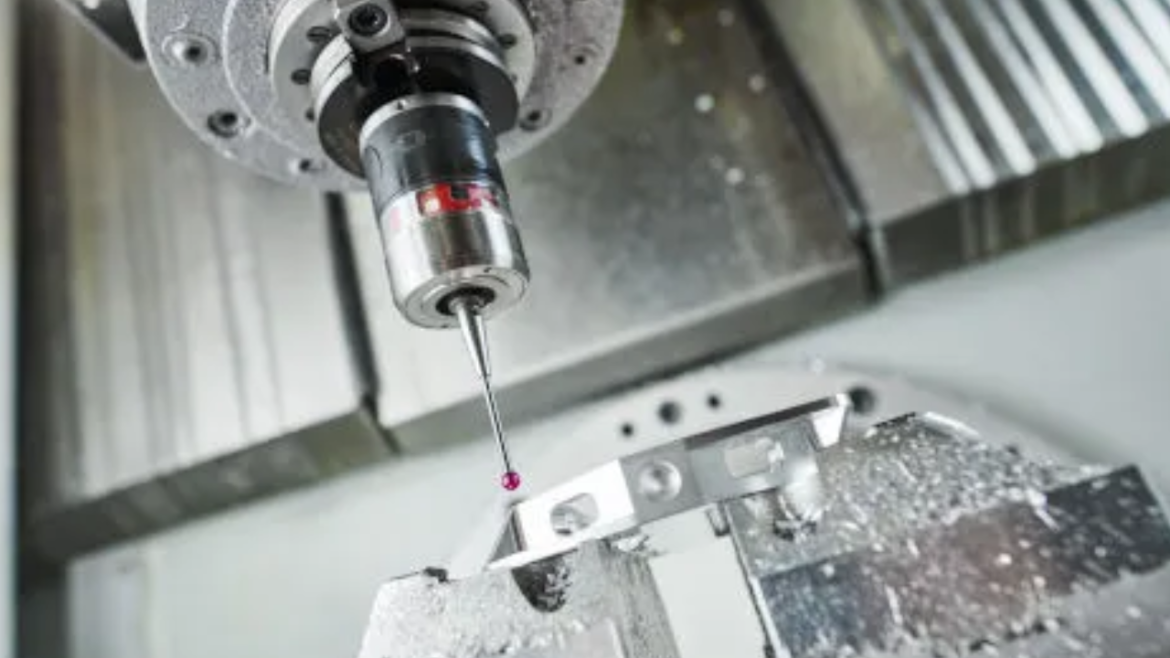Any factory that manufactures aluminum parts for wholesale uses aluminum as a fundamental component. It is one of the metals that is most frequently machined and is easily and swiftly machined. Since aluminum may be cut by anyone, processing it calls for a highly skilled method. Particularly in terms of industrial processing, this is true. CNC machining is the process of using CNC machines to produce final goods in the desired size and shape.
All of these tasks are completed in accordance with a systematic methodology. The first thing to do is to get in touch with a reputable wholesale CNC machining factory for aluminum machining. It doesn’t matter how effectively you eliminate material if you’re creating a farmer’s bracket. But you need to do the job well if you’re producing 10,000 brackets every week to sell to other companies.
Getting the most material from an aluminum workpiece as quickly as possible without damaging the tool is the key difficulty. When aluminum is overheated, it can melt and attach to the tool. So even though it cuts like butter, it won’t endure for very long because friction welding is required if the aluminum clings to the tool.
What Issues Could Arise When Machining Aluminum?
Aluminum is a soft and ductile material that works well for machining, however, occasionally there can be drawbacks. Some alloys are quite viscous. When milling or drilling in this situation, lengthy chips may form, winding around the working instrument and breaking it.
Large fluted aluminum alloy cutting tools should be used to reduce the likelihood of such an annoyance. Although this will reduce the maximum number of cutter teeth, it will help transport chips more easily, partially resolving the issue.
Certain CNC Tools
Machining is a subtractive manufacturing process that involves removing material from a workpiece to create the desired part or product. It is extremely adaptable, supporting a variety of metal and non-metal substrates. Aluminum machining is one of the materials that is machined the most frequently. Many different tools are employed in CNC machining.
Moveable Cutting Tool
A moveable and rotational cutting tool is used by routers, milling machines, or mills to form solid (usually fixed) workpieces. Milling machines are available in both vertical and horizontal orientations and are capable of a wide range of jobs, from straightforward keyway cutting to intricate contouring.
Lathes
Lathes are tools that use fast rotational motion against a stationary cutting tool to cut cylindrical workpieces. They can only make symmetrical cuts on a lathe because the cutting movement is constant. Parts like shafts and bushings can be directly made on lathes.
Adhesive Wheels
Abrasive wheels are used as the cutting tool in grinders and grinding machines, which are equipment for grinding down parts. Depending on the application, they can also be used to grind bigger amounts of metal. They are typically used for high-accuracy surface finishing. They are often the most user-friendly kind of CNC machine.
Electrical discharge machines (EDMs)
EDMs Use a discharge of electricity (wire erosion, die sinking, or spark machining) to remove and form material. Hard metals that are far more challenging to manufacture using other techniques are typically the materials these machines operate with.
Workpieces
Workpieces are cut on water/abrasive jet machines using abrasives that are driven through high-velocity water or gas. They can form intricate shapes and are made to cut and shape materials that are heat-sensitive, brittle, thin, or hard.
Final Words
Any producer of CNC machining will mention how simple it is to machine if you ask them. Aluminum is dimensionally stable enough that you can remove a lot of it while still maintaining control over residual strain it can be bead blasted for a matte surface or anodized for a consistent aesthetic finish and added corrosion resistance to get a beautiful finish using carbide tooling and contemporary coolants.
